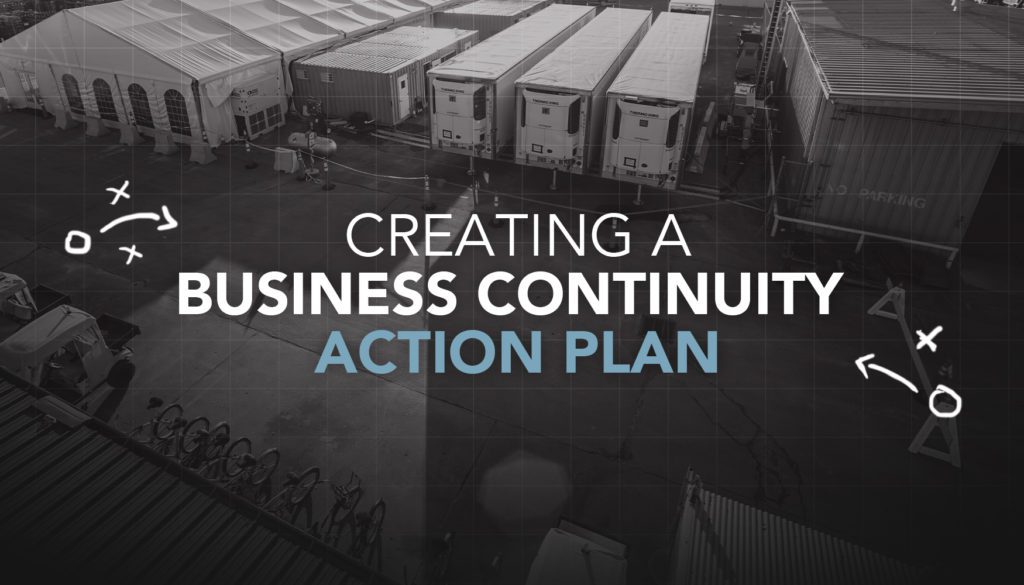Businesses face a variety of risks each day ranging in length and severity. Risks can include data breaches, natural disasters, employee strikes, and financial insufficiencies. Whatever the risks, businesses must be proactive, forward-thinking, and action-oriented before they even happen. It is important that every business has a plan in place, not if, but when disaster strikes.
Follow the five steps below to begin creating your business continuity action plan.
- Receive Upper Management Buy-In
A business continuity plan may require additional costs, so it is important to first receive buy-in from the very top. A few tools can help justify your need when presenting developing a business continuity plan. Develop a cost/benefit analysis, competitive analysis (how similar companies have benefitted from an action plan), and make sure to outline how your business will benefit long-term.
- Perform a Full Business Impact Analysis and Risk Analysis
By conducting a full business impact analysis, you will get the opportunity to really understand each asset and process within your business and each risk that these areas face. During this process, develop questionnaires, talk to fellow team members, and hold interactive workshops. The identified risks will begin to form your business continuity plan and help pinpoint where to best focus your efforts.
- Identify Specific and Measurable Objectives
Create a set of measurable objectives to achieve when faced with a disruption. These will help you better understand the success or failures of your business continuity action plan. For example, you may want to set specific amounts of times to get certain processes back up and running.
- Create a Business Continuity Plan
When disaster strikes, there is hardly time to craft a strong recovery and continuity plan. Therefore, having a finalized, specific plan will document how to react and respond when faced with specific risks. Start by developing a framework for your plan and begin to write out all of the potential procedures.
- Implement and Train
Implement the plan across your business. Conduct trainings and exercises to familiarize the team with the plan and to test their success. Make sure to document all findings during the testing phase to evaluate the effectiveness and create any potential improvements to the plan.
Deployed Resources offers a variety of services and products to aid business continuity efforts including temporary, code-compliant facilities, power, communications, warehousing, and food service to name a few. Learn more about how Deployed Resources can support your business in the face of disaster.
